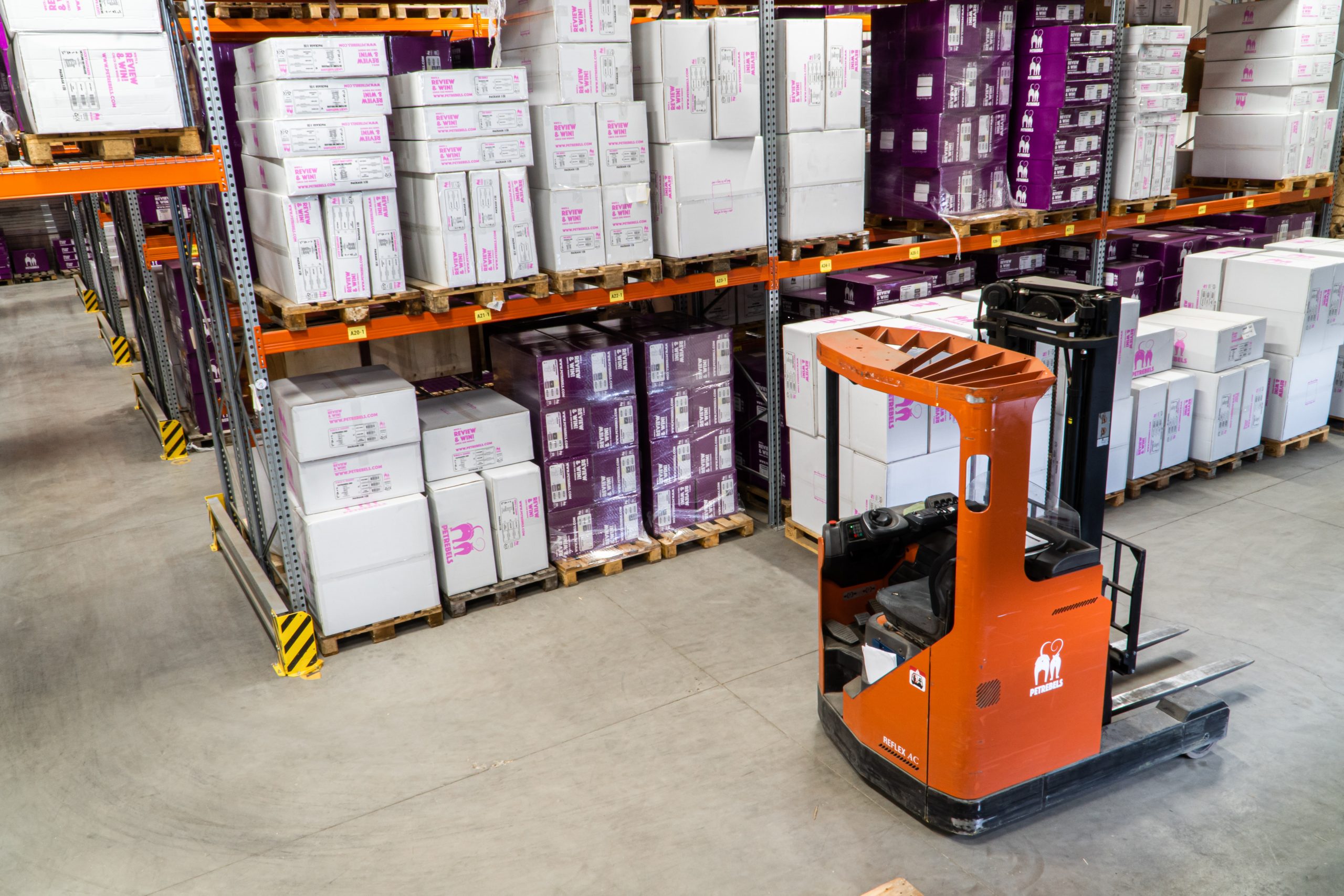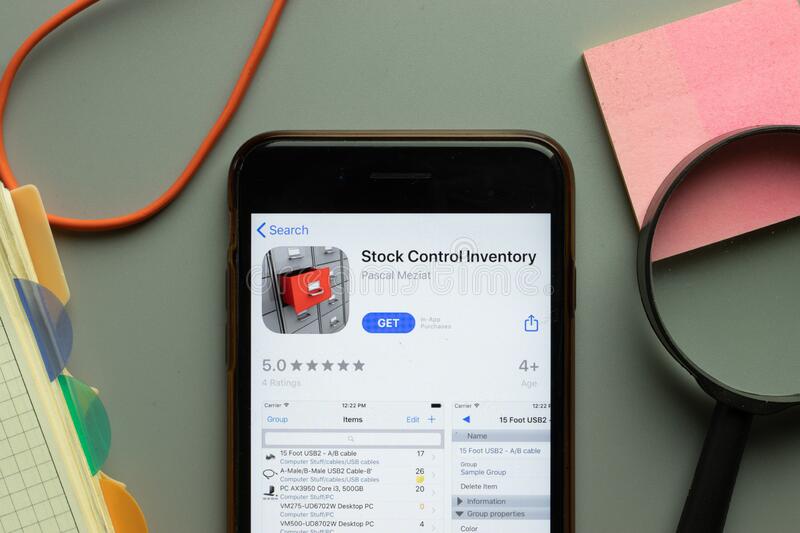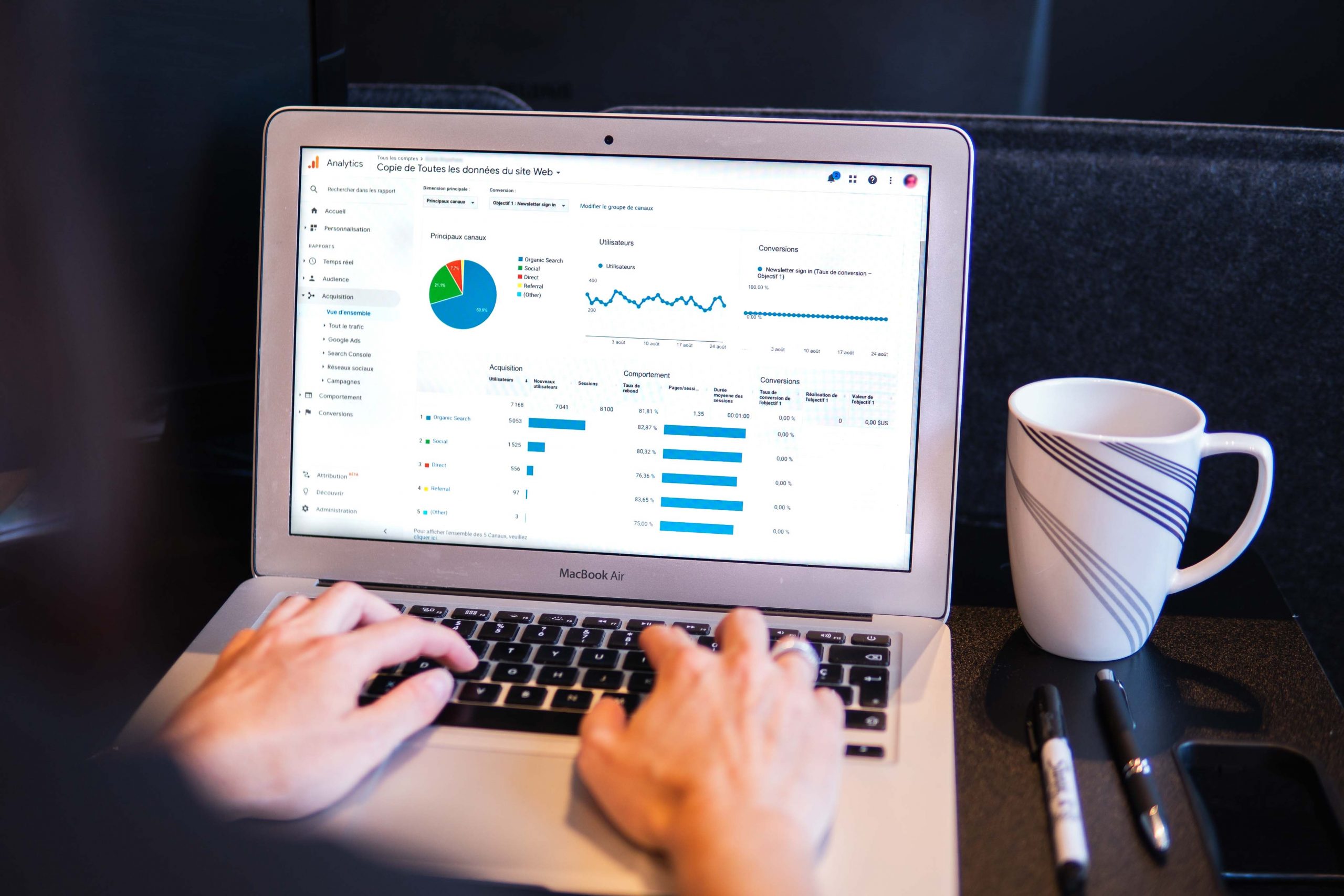Point of Sales
We design and develop a Point of Sale (POS) system that is simple to use, highly functional, and specifically tailored to the needs of supermarket businesses. Our integrated software packages and point-of-sale systems are designed to accommodate stores of all sizes. Additionally, our Point of Sale (POS) system can handle checkout, inventory control (Stock) and customer management (CRM). Furthermore, our system will help you automate the point of sale, improve inventory tracking, and better manage customer data to increase profits and decrease store inefficiencies.
Detailed Features of POS
Point of Sale
Assists cashiers with customer ring-up and payment processing; ascertains that the cashier charges the proper amount, adjusts inventory, and prints receipts.


Inventory Control
Manages supply levels in an automated manner. Inventory is deducted as sales are completed and alerts are sent when pre-defined inventory levels are reached. Additionally, it generates reports on inventory movement trends.
Accounting
This system centralizes accounting data and gives accurate information on business performance, as well as integrating inventory figures.

CRM
Stores customer information and purchase history and allows wholesalers and retailers to keep track of contracts and preferred items to market to customers.
Sales and Checkout
Creates a quick and seamless checkout experience for your customers and store associates. At checkout, staff can add items easily to a sale via bar code scan.


Credit Card Processing
It connects credit card transactions to your checkout process automatically. This simplifies and expedites your checkout procedures as well as your end-of-day reconciliation tasks.
Inventory Management



Customer
Relationship Management
POS systems allow you to record customer contact information and track each purchase down to the smallest detail.
Management
of Employees and Teams
It provides a number of employee management tools. It allows for the creation of multiple employee logins in order to track activity and set permission levels.
Reporting and Analytics
POS systems accurately track each transaction, providing you with a wealth of data. Even the most basic sales reports will inform you of your top sellers and slowest moving items. These retail data analytics tools assist you in making educated purchasing decisions. Additionally, sales tracking enables you to identify and forecast seasonal spikes in specific categories or overall sales, allowing you to plan your inventory and staffing accordingly.
